Hiking poles can boost your balance and keep your knees happy. Here’s how to use them on your next trip.
Some hikers swear by them. Others insist they’re a nuisance. For decades, hiking poles were one of the most controversial pieces of gear on the trail. Now, this opinion could be changing. In light of recent research, more and more people are waking up to the benefits.
Hiking-pole curious? We put together this guide to explain why they work, how to travel with them, and how to shop for them before your next adventure trip.

Why Use Hiking Poles?
Many hiking pole skeptics say they’re just not sure that trekking poles really make much of a difference. So, what’s the answer? Do hiking poles help?
Hiking puts strain on the leg joints and muscles. If you’ve ever experienced creaky knees or sore quads you'll be happy to hear that according to some estimates, using poles can reduce those loading forces by up to 20%.
Here’s how it works: When you lean forward on your poles, you absorb some of your weight with your arms, distributing that load more evenly across your entire body. As a result, your legs last longer, letting you hike further with less fatigue.
Better yet, because no single muscle group is taking the full brunt of the strain, poles also make hiking feel easier. That’s according to a 2020 study in Wilderness & Environmental Medicine. In the study, participants experienced reduced perceived effort, which meant they tended to walk faster than their pole-free counterparts without even noticing it.

The Pros and Cons of Hiking Poles
Poles aren’t for everyone. Here are some drawbacks and benefits of hiking poles to consider…
Pros of Using Hiking Poles
-
Reduce perceived exertion: Poles spread loading forces more evenly across the body, making hiking feel easier. This can improve both your speed and endurance over long climbs.
-
Improve balance: Poles can help you maintain balance in loose or rocky terrain, like the kind you might find on a traverse of the Austrian Alps, by giving you four points of contact with the ground. They also give you something to lean on, helping you ease down steep hills without overloading your knees. That can reduce knee pain over the course of long hikes.
-
Build muscle: Poling is an upper-body workout. Over time, it can help you tone the muscles in your arms, shoulders, and neck. It can also help you maintain an upright posture that’s better for your back.
Cons of Using Hiking Poles
-
Learning curve: Hiking with poles takes some getting used to. Some hikers find that it takes a day or two to get the rhythm down. Fortunately, you don't have to wait until your trip begins to learn how to use hiking poles. Instead practice walking around your neighborhood a week or two in advance to get a feel for the technique.
-
Weight and cost: Like any additional piece of gear, they add to your kit’s overall weight. Some of the best hiking poles—particularly lightweight, carbon-fiber models—can also be expensive.
-
Full hands: When you’re holding poles, it’s tougher to take photos, grab snacks, or complete other hands-free tasks while hiking. Some hikers prefer to give themselves the best of both worlds by opting to hike a single pole instead of two.
-
Travel restrictions: You’ll likely have to check a bag if you want to bring your poles overseas.
Find out more about the benefits of hiking poles.

Kinds of trips that require hiking poles
Trekking poles can be a game-changer when it comes to improving your balance and stamina over long hikes. At Macs Adventure, we recommend using poles on any trip that involves steep hills, complex terrain, higher mileage, or multiple consecutive days of hiking. Think: climbing up Augustbord Pass during your Haute Route trek, or crossing streams or puddles on Scotland’s rugged West Highland Way. Poles can also be a great choice for high-activity days within a more varied itinerary.
Not sure if your trip fits the bill? When you browse Macs Adventure destinations, you’ll find that each trip includes an activity key, an interactive sidebar that lets you sort trips based on the type of activity and how long or strenuous they are. Walking poles are a great choice for trips that are rated as more strenuous and/or that require significant hiking.

How to Use Hiking Poles
Keep these factors in mind next time you use trekking poles.
Length
Your poles should be set to a length that allows your elbow to rest at a right angle. To check, plant the pole on the ground so that the shaft is perfectly vertical. Now grip the handle. Your upper arm should hang straight by your side and your forearm should be parallel to the ground.
If you have adjustable poles, you’ll likely want to lengthen or shorten them by 2 to 4 inches as you go uphill or downhill. That allows you to maintain that comfortable, ergonomic 90-degree angle.
Materials
Most hiking poles are made of either aluminum or carbon fiber. Carbon poles tend to be extremely lightweight. Aluminum poles, however, tend to be more durable (and a bit less expensive). Unlike carbon, which is pretty brittle, aluminum poles can bend without breaking during travel.
Features
Be sure to adjust these features to suit your needs.
-
Grip: Some walking poles have plastic or rubberized grips while others feature more absorbent cork. Make sure the grip is the right thickness and shape for your hand and that it’s facing the correct direction. Also check whether your poles are designated for left and right hands.
-
Straps: Some of the best hiking poles have adjustable wrist straps. These allow you to dial in the strap length so that they fall at the right height to support your wrists. Adequate wrist support can prevent hand fatigue over the course of multi-day hikes and long pilgrimages.
-
Tips: Rubberized tips tend to have more grip on slickrock or in urban landscapes, while metal tips are better for digging into dirt, soil, or the loose sand you’d encounter on a coastal walk. Make sure you’re using the right tip for the terrain.

Traveling with Hiking Poles
If you plan to hike abroad, look for folding or telescoping poles, which can pack down smaller for travel. If you can, choose a day pack with bungee or compression straps. These let you lash your poles to your bag during in-country transit. If you’re planning to use a lot of public transportation—like on a Macs Rail & Hike trip—pole-stowage options are a must.
For air travel, you’ll need to check current airport regulations before packing your poles in your carry-on. These days, most airlines prohibit trekking poles in the main cabin, so you may want to plan to check them instead.
Macs Adventure has a team of specialists ready help you plan your adventure. Contact the team today for advice and inspiration.














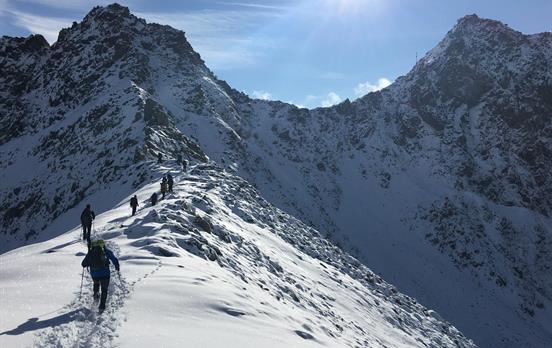


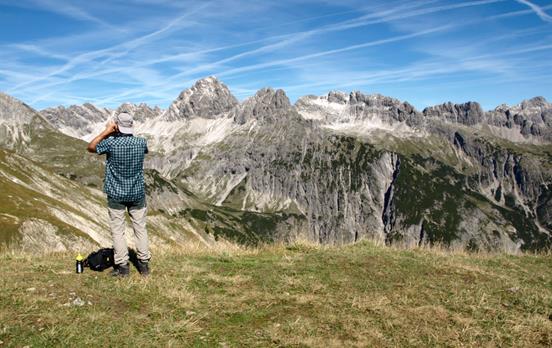
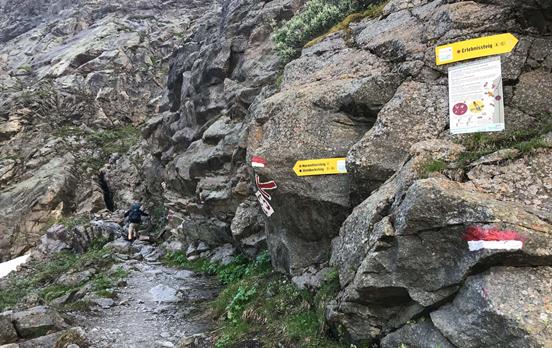


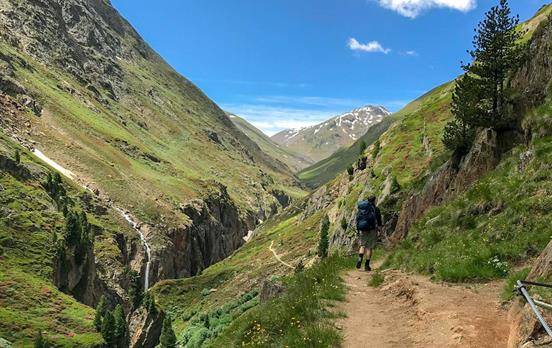
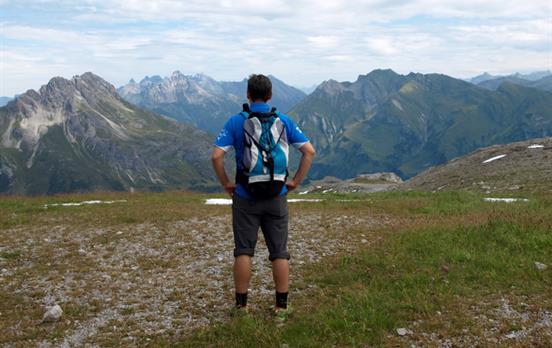



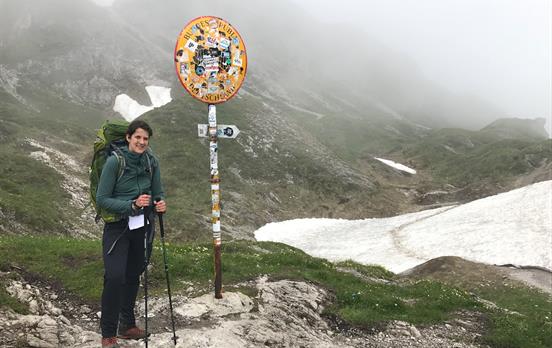

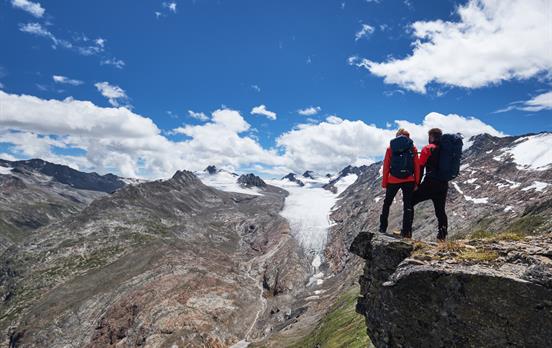

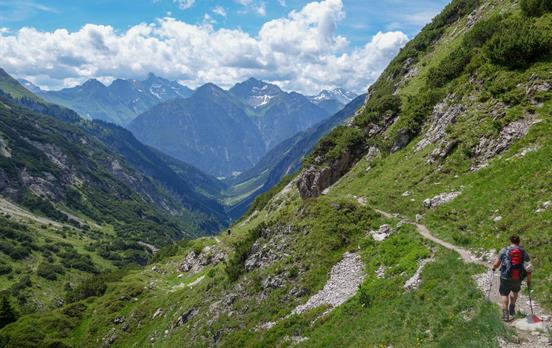
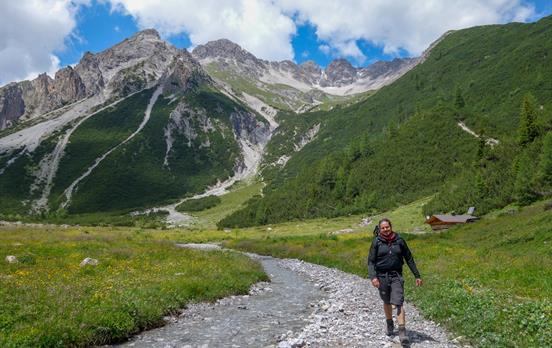

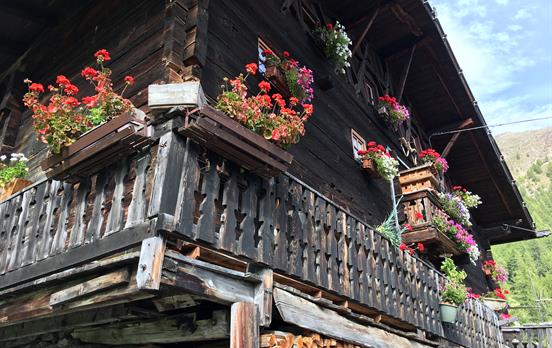

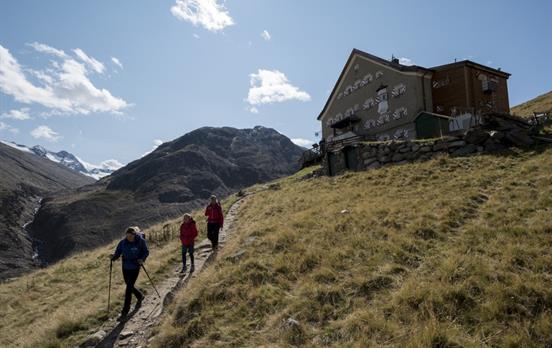


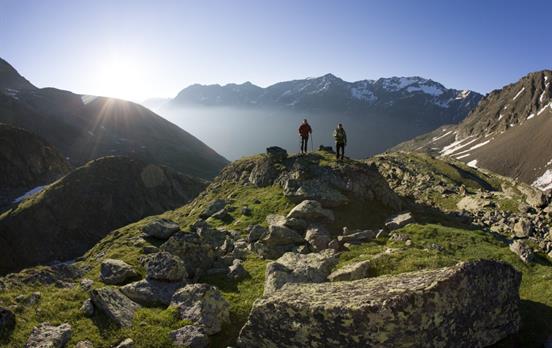


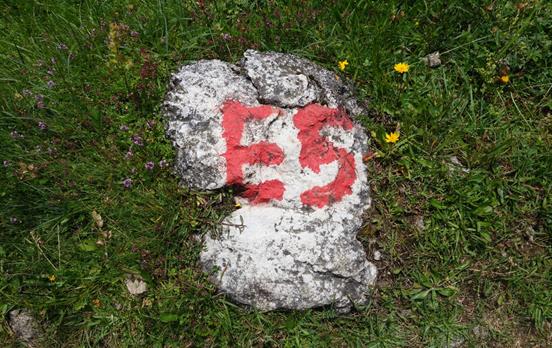
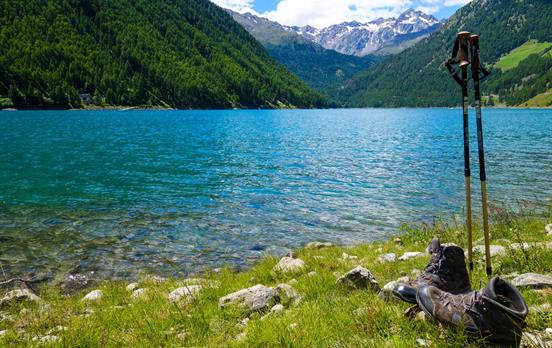


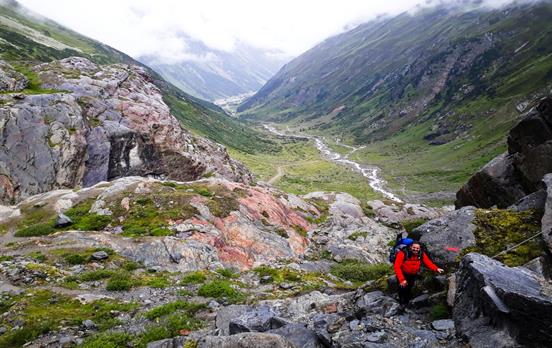
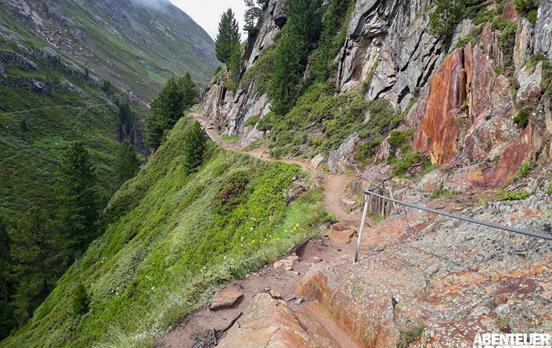

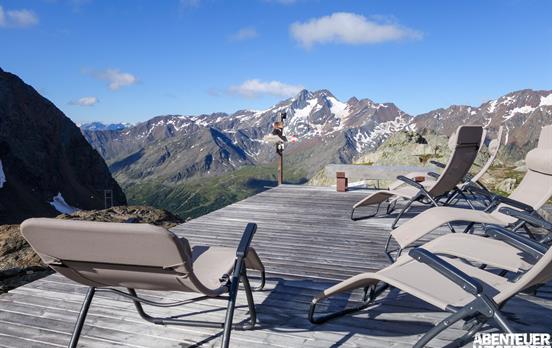



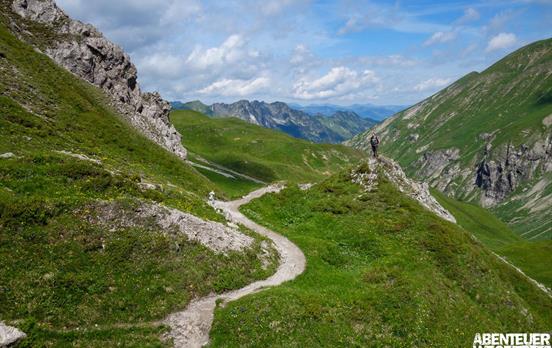



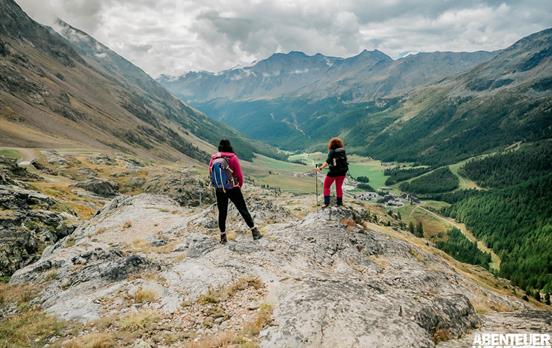
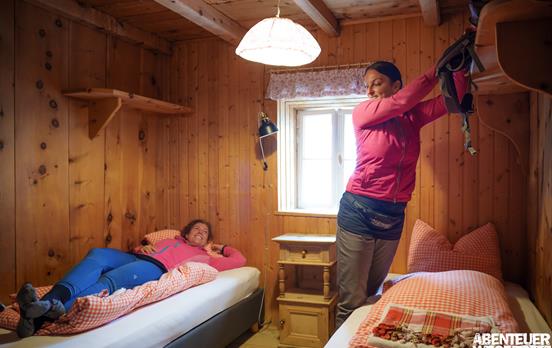
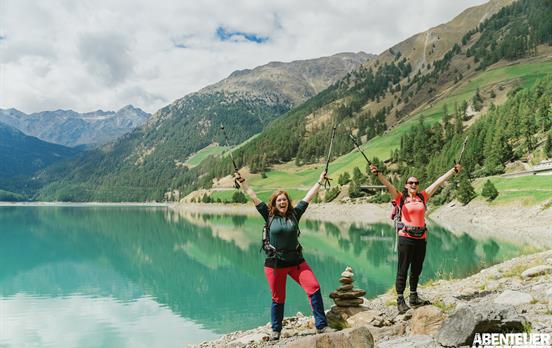
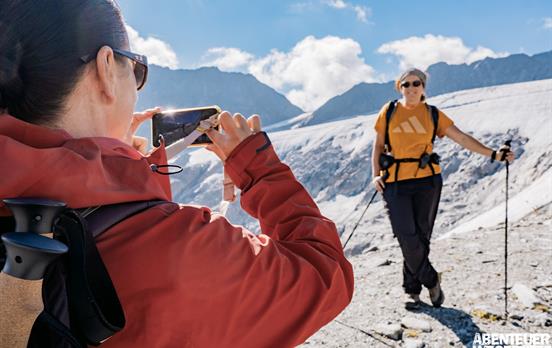

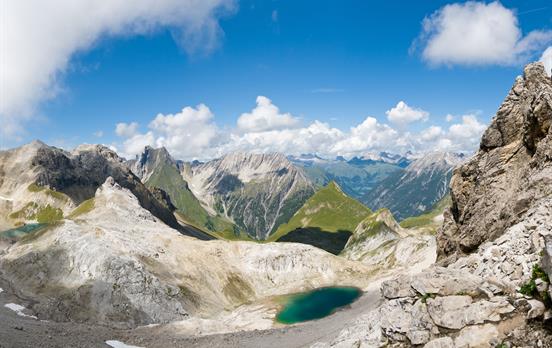

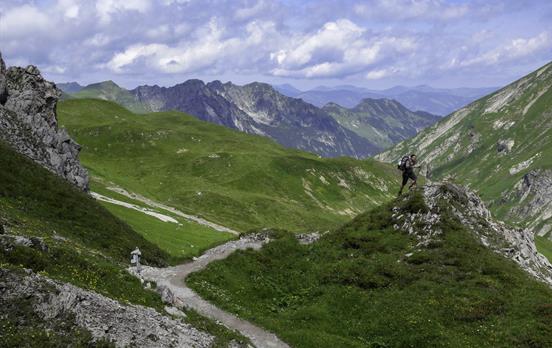


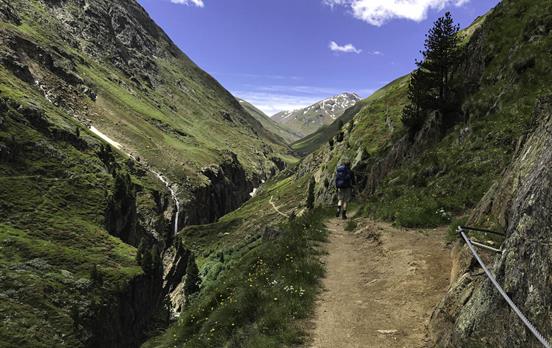



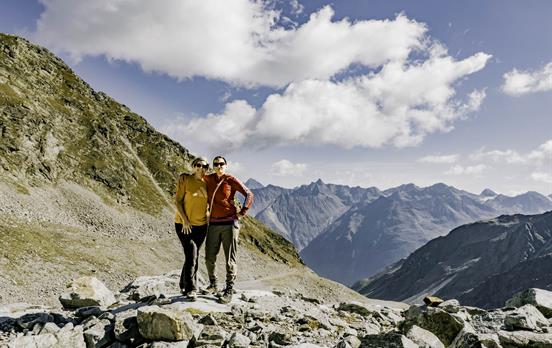
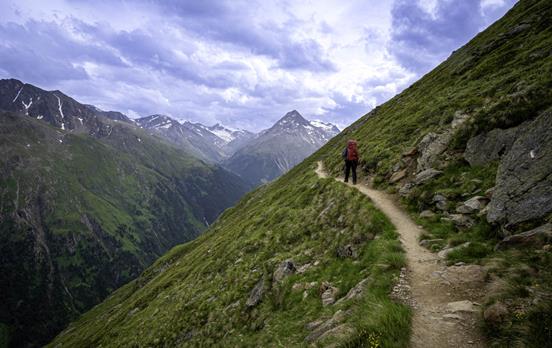
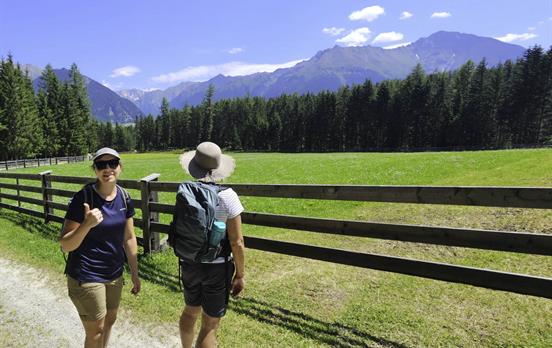



















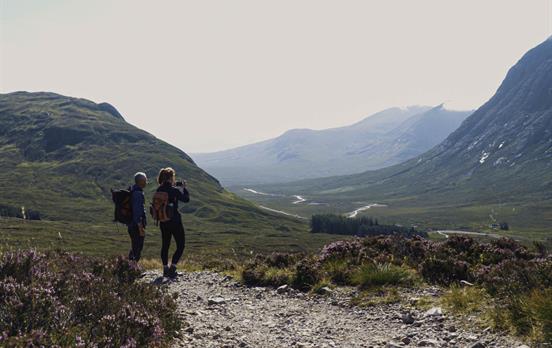
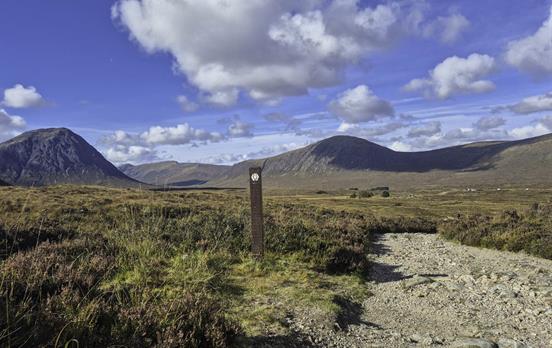

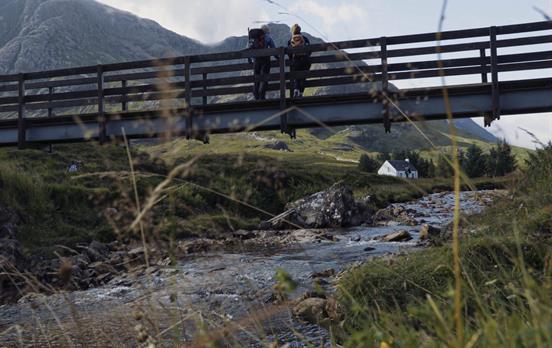
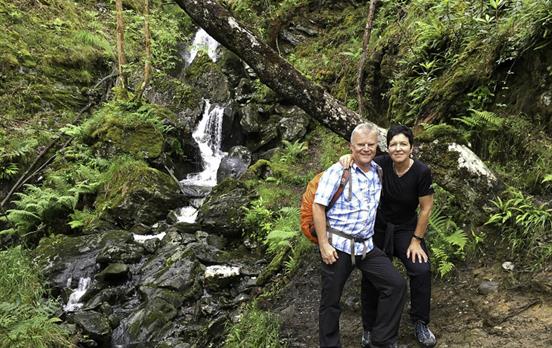

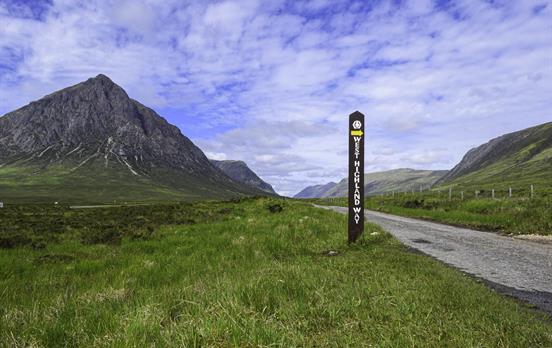

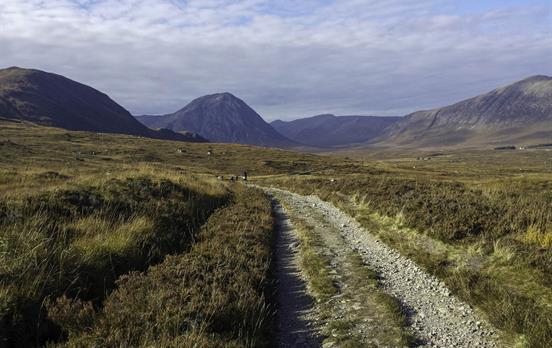









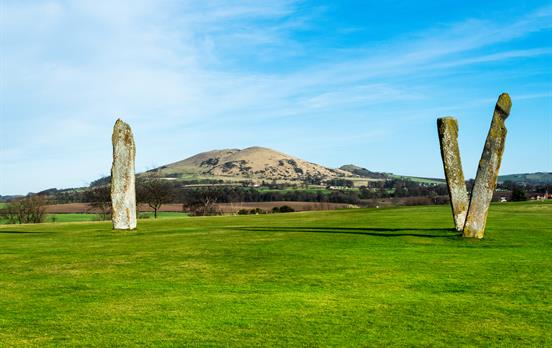





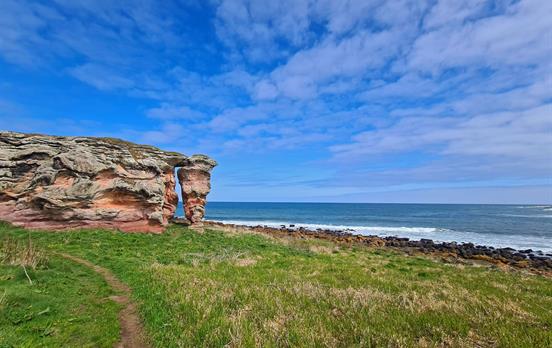




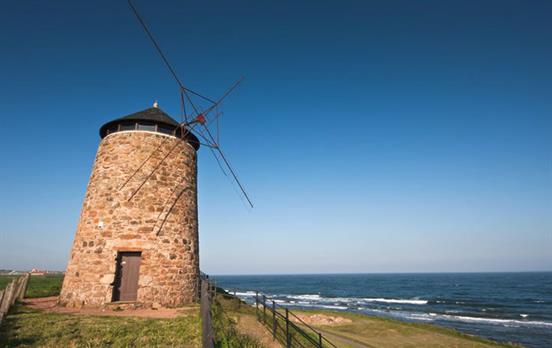









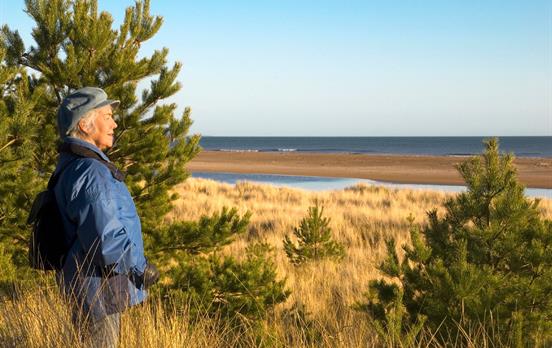
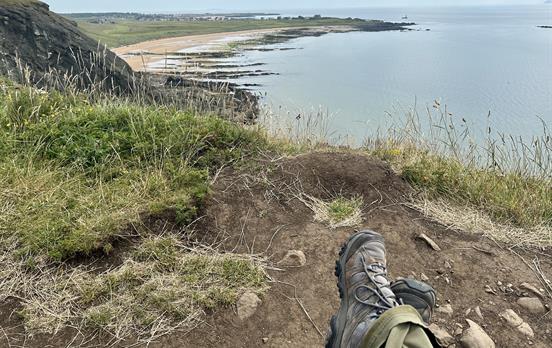









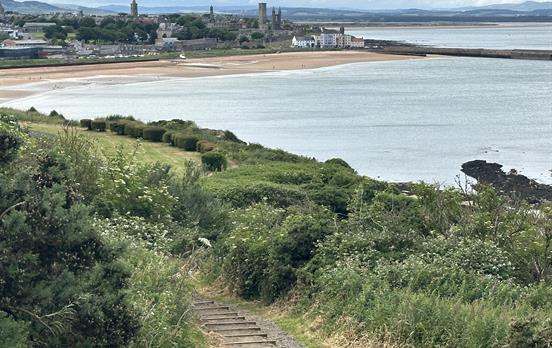

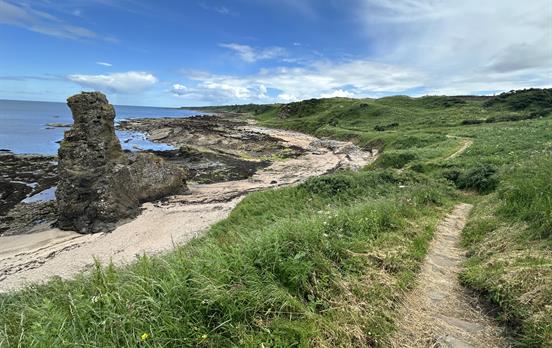







 Canada
Canada